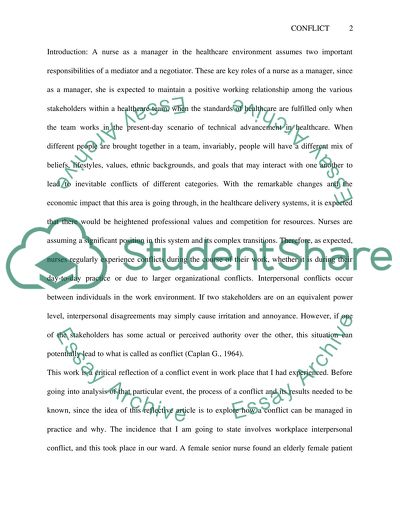Cite this document
(“Conflict within Nursing Work Environment Essay Example | Topics and Well Written Essays - 2000 words”, n.d.)
Conflict within Nursing Work Environment Essay Example | Topics and Well Written Essays - 2000 words. Retrieved from https://studentshare.org/miscellaneous/1528425-conflict-within-nursing-work-environment
Conflict within Nursing Work Environment Essay Example | Topics and Well Written Essays - 2000 words. Retrieved from https://studentshare.org/miscellaneous/1528425-conflict-within-nursing-work-environment
(Conflict Within Nursing Work Environment Essay Example | Topics and Well Written Essays - 2000 Words)
Conflict Within Nursing Work Environment Essay Example | Topics and Well Written Essays - 2000 Words. https://studentshare.org/miscellaneous/1528425-conflict-within-nursing-work-environment.
Conflict Within Nursing Work Environment Essay Example | Topics and Well Written Essays - 2000 Words. https://studentshare.org/miscellaneous/1528425-conflict-within-nursing-work-environment.
“Conflict Within Nursing Work Environment Essay Example | Topics and Well Written Essays - 2000 Words”, n.d. https://studentshare.org/miscellaneous/1528425-conflict-within-nursing-work-environment.


